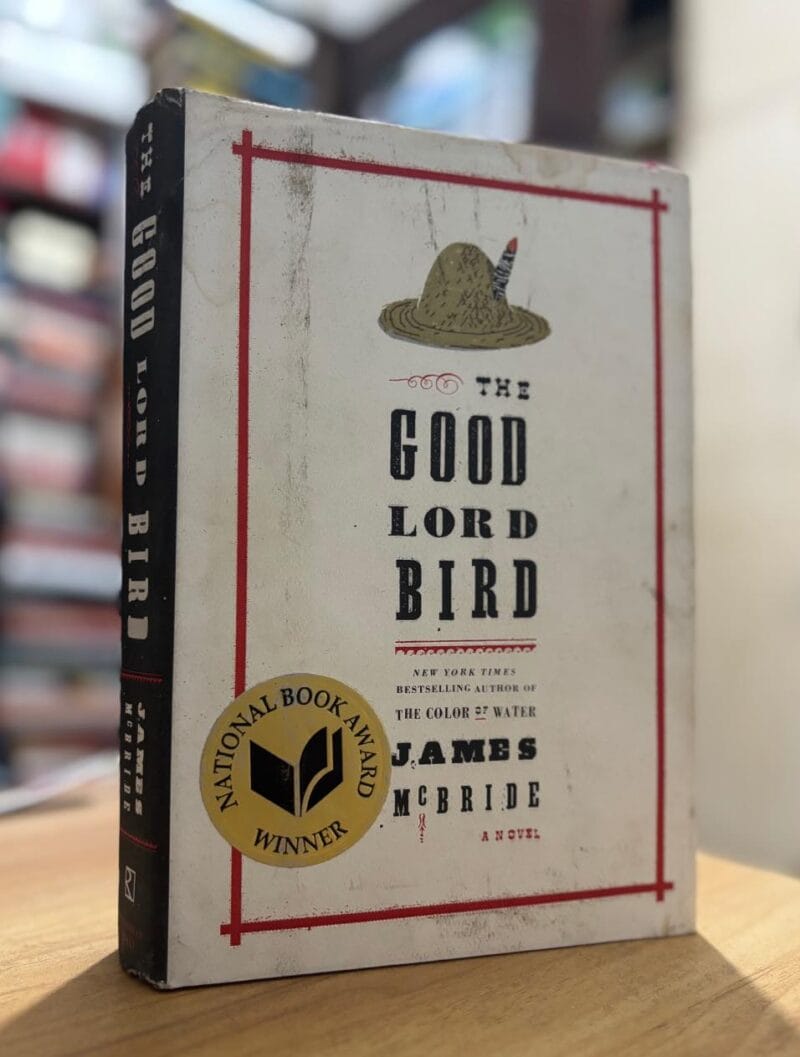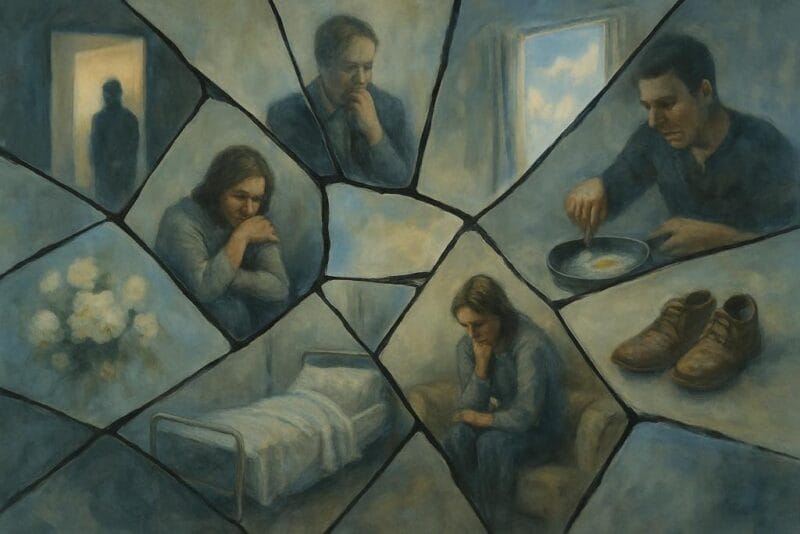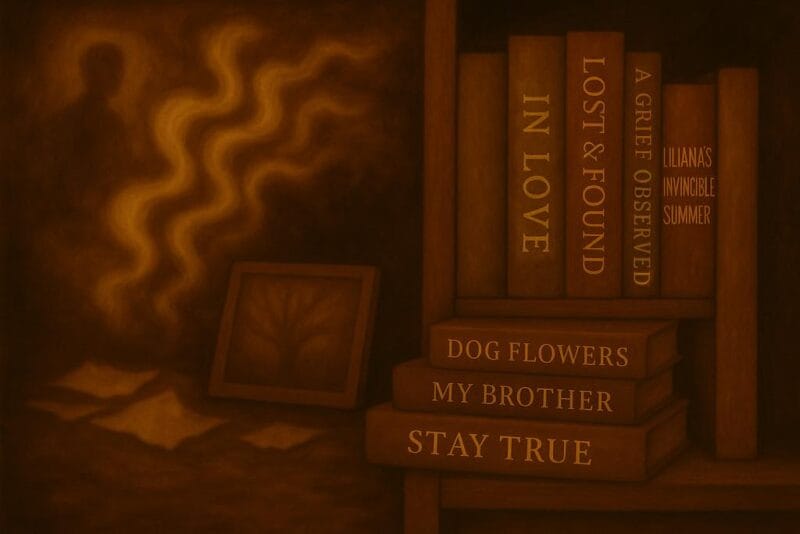Spoilers ahead
Donna Tartt’s The Little Friend (2002) presents a striking tale set against the backdrop of Mississippi, where the innocence of childhood collides with darker adult realities. Written by a Pulitzer Prize-winning author known for The Goldfinch (2013), this novel introduces readers to a world rich in family mysteries and profound southern atmospheres. Tartt’s narrative leads us into a captivating plot revolving around a young girl’s quest to uncover the truth behind her brother’s unsolved murder.
The central character, Harriet, becomes the unlikely detective, driven by a combination of childhood curiosity and a yearning for justice. Her journey through a web of family secrets taps into themes of innocence and corruption, echoing the complexities of growing up. Within the sultry confines of small-town Mississippi, Harriet’s story unfolds with meticulous attention to the Southern Gothic ambiance, enhancing the narrative’s tension.
Beyond its plot, the novel delves into broader themes of memory, loss, and the elusive nature of truth. Tartt’s writing invites readers to ponder the intricacies of the human psyche and familial bonds, making this novel not only a mystery but also a profound exploration of character and setting. For those inclined to explore a richly layered story, Tartt’s work emerges as an exemplary piece that demonstrates the depth and nuance of quality literature.
Historical Background
Donna Tartt’s career began with the success of her debut novel, The Secret History, in 1992. That novel, praised for its unique narrative style, quickly established Tartt as a significant voice in contemporary literature. Tartt’s commitment to her craft is evident in her extensive research and careful attention to detail. Known for producing novels over long intervals, she invests years into crafting her stories.
Following her debut, Tartt took ten years to release her second novel, The Little Friend. This book, set in the South during the 1970s, further cemented her reputation for exploring complex themes and characters, and her intricate plots and rich storytelling continue to captivate audiences. Her distinctive prose has significantly contributed to modern fiction today.
Plot Overview of The Little Friend
The Little Friend stands as a pivotal work in Tartt’s bibliography, both expanding and challenging the narrative scope established by her previous work. Published in 2002, the novel was met with great anticipation, following the remarkable success of The Secret History. However, The Little Friend offers a markedly different experience, venturing into darker, more ambiguous territory. Set in the American South, the novel intricately examines the rippling effects of a family tragedy—the unsolved murder of young Robin Cleve Dufresnes—on the lives of those left behind, particularly his sister, Harriet.
At its core, The Little Friend is a haunting exploration of grief, obsession, and the unspoken bonds of family. Tartt delves into the emotional and psychological aftershocks of unresolved trauma, using the landscape of the Deep South to enrich the novel’s atmospheric tension. The story oscillates between a child’s quest for justice and the harsh realities of adult indifference, capturing the disillusionment that shapes Harriet’s coming-of-age. With its layered characters and brooding sense of place, The Little Friend resonates with readers who are drawn not just to the mystery at its center, but to the lingering questions of memory, identity, and the burden of unanswered loss.
Thematic Elements
At the heart of the novel is Harriet Cleve Dufresnes, a determined twelve-year-old girl on a mission to solve the mystery of her brother Robin’s murder. The unsolved crime looms over her family, leaving them in a state of unresolved despair. Harriet embarks on this dangerous journey largely on her own, driven by a deep sense of justice and vengeance. Her quest becomes a consuming obsession, with Harriet taking bold and often reckless actions that underline both her bravery and vulnerability. The search for Robin’s supposed killer immerses her in a world she barely understands, confronting her with the harsh realities of human nature.
Innocence versus Evil
The novel delves into a complex interplay between innocence and evil, articulated through Harriet’s experiences. Her youthful naivety coexists with a fierce determination to unearth the truth behind Robin’s death. As Harriet navigates through her town’s darker elements, she witnesses the underlying corruption and cruelty. Her innocence is constantly challenged by the presence of malevolent forces, both human and situational, that surround her. The novel examines how innocence can be eroded by the growing awareness of evil and how characters grapple with these contradictions in their lives.
The Hovering Specter of Loss
Loss is a pervasive theme, influencing the narrative in numerous ways. Robin’s murder leaves an indelible impact on his family, clouding them with unresolved grief. Beyond personal tragedy, the novel depicts broader losses—of innocence, dreams, and stability. Through Harriet’s eyes, the reader sees not only the loss of her brother but also deteriorating relationships and fading childhood. This reflects a world where change often comes at the expense of cherished values. Tartt effectively illustrates how the specter of loss affects every character, making their struggles more poignant and the atmosphere heavier with unfulfilled potential and broken promises.
Setting and Societal Commentary
The fictional town of Alexandria, Mississippi, where the novel takes place, is crucial in highlighting the socioeconomic divides and racial tensions that further illustrate the broader societal context of 1970s Mississippi. The novel portrays Alexandria as a town characterized by stark contrasts between socioeconomic classes, with the physical setting underscoring Mississippi’s decaying infrastructure and reflecting the struggles of its residents. The description of buildings as run-down underscores the town’s aging and neglected aspects.
The town is not merely a backdrop; it serves as a living character in the story. Through its portrayal, Tartt draws attention to the impact of economic disparities on everyday life. The careful descriptions of the land and architecture contribute to an atmosphere of mystery and tension, aligning with the Southern Gothic genre. Tartt uses the setting to explore how geography shapes identity and experience in Mississippi. This setting enchants readers with its authenticity, offering a window into the challenges and resilience found within the region’s small towns.
Race and Caste Dynamics
In the novel, race occupies a significant place in shaping Alexandria’s social hierarchy. The novel presents the community’s racial divide as ingrained and persistent, reflecting the broader racial tensions of the American South during the 1970s.
Tartt uses this dynamic to explore themes of power and belonging. Relationships between characters often mirror the societal divides that split the town. This serves to examine deeply rooted biases that linger through generations.
Subtle portrayals of caste-like structures highlight both overt and covert forms of racial prejudice. Tartt intricately weaves these social commentaries into the storyline, thus not only shaping characters’ lives but also offering insight into the broader societal atmosphere. These elements are crucial for understanding the environment in which the characters operate.
Critical Analysis and Interpretation
With the novel, Tartt constructs a narrative that is rich with complex layers of symbolism, making it ideal for critical analysis and interpretation. Through the eyes of a child grappling with an unsolved murder, Tartt delves into the intricacies of human behavior, exploring how individuals navigate grief, trauma, and uncertainty.

Harriet’s quest to unravel the mystery of her brother’s death serves not only as a central plot but also as a vehicle for exploring larger themes of justice, morality, and the blurred line between innocence and corruption. The novel’s Southern Gothic setting further enhances its allegorical power, allowing readers to interpret the oppressive, decaying environment as reflective of both familial and societal decay.
Narrative Structure and Style
Tartt employs a meticulous narrative structure for the novel, utilizing the blend of Southern Gothic and mystery genres to unfold Harriet’s quest. The novel is heavily influenced by classic literature, echoing the styles of Dickens and Kipling, which is evident in its detailed character development and atmospheric setting.
The prose reflects a Dickensian thoroughness, immersing readers in the everyday life of 1970s Mississippi. Tartt’s rich descriptions offer a vivid picture of Alexandria’s socio-economic divide. Harriet’s encounters with other characters symbolize deeper societal reflections, weaving a narrative that is both compelling and introspective, enticing readers into solving the enigma alongside her.
Symbols and Motifs
Symbolism is at the heart of Tartt’s narrative, enriching the exploration of themes such as innocence and the search for truth. The Water Tower emerges as a central motif, representing the looming presence of past secrets and childhood fears. Additionally, the venomous snakes encountered by Harriet symbolize danger and the deceit lurking in her journey.
Literary allusions to Robert Louis Stevenson’s works, particularly Treasure Island (1883), are apparent, paralleling Harriet’s adventurous pursuit of truth. These motifs, along with the constant shadow of her brother’s murder mystery, amplify the novel’s tension and emotional complexity, inviting readers to grapple with its multifaceted layers.
The Elusive Nature of Truth
In the end, Harriet’s investigation leads her to more questions than answers, as the truth remains elusive. Despite her inability to solve the mystery, her journey brings her to a deeper understanding of herself. Without a neat resolution she initially sought, this lack of closure is reflective of the novel’s broader themes: the unresolvable nature of trauma, the ambiguity of justice, and the complexity of human relationships.
Through Harriet’s story, Tartt challenges the traditional mystery narrative, showing that sometimes the answers we seek are less important than the ways in which the search changes us. In this way, The Little Friend closes not with a sense of triumph but with the sobering reality that some losses are too deep to be fully understood, leaving readers with a poignant reminder of the uncertainties that characterize life.
Memorable Quotes
The night air was warm, and the moth-pale gardenia blossoms by the porch had a rich, boozy smell. Allison yawned. How could you ever be perfectly sure when you were dreaming and when you were awake? In dreams you thought you were awake, though you weren’t. And though it seemed to Allison that she was currently awake, sitting barefoot on her front porch with a coffee-stained library book on the steps beside her, that didn’t mean she wasn’t upstairs in bed, dreaming it all: porch, gardenias, everything.
Page 103, The Little Friend by Donna Tartt
But it was a dream of life past, not life to come. Life present: rusty magnolia leaves, lichen-crusted flowerpots, the hum of bees steady in the hot afternoon and the faceless murmurs of the funeral guests. Mud and slimy grass, under the cracked garden brick she’d kicked aside. Harriet studied the ugly spot on the ground with great attention, as if it were the one true thing in the world—which, in a way, it was.
Page 409, The Little Friend by Donna Tartt
Further Reading
So was Tartt’s second novel worth waiting for? by Andrew Pyper, The Globe and Mail
Great expectations by David Hare, The Guardian
Is Literature Donna Tartt’s Little Friend? by Stetson, Substack
Please Help Me Understand ‘The Little Friend’ by Donna Tartt on Reddit




